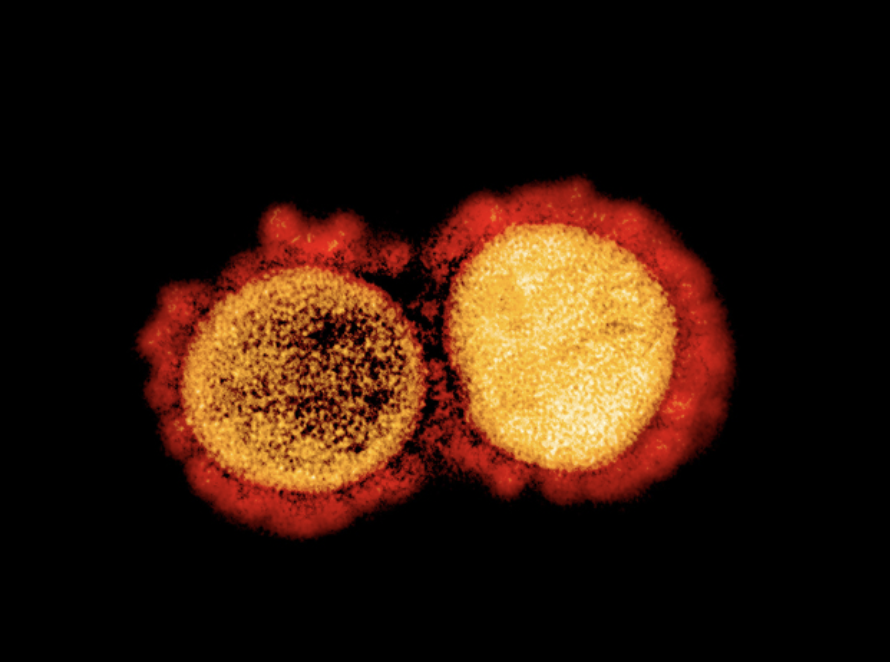COVID-19 Mutation That’s “10 Times More Infectious” Than The
Original Discovered In Malaysia Tyler Durden
Mon, 08/17/2020 – 23:30
The English-language press is generally no fan of Philippines’
pseudo-‘Strongman’ Rodrigo Duterte (half of the Americans who know
who he is probably mistakenly believe him to be an autocrat due to
the general tone of the coverage, although he was Democratically
elected). Nonetheless, they’ve begrudgingly given him credit for
his military-imposed lockdowns, and for reimposing the restrictive
measures in and around Manila. Still, none of this has stopped
Southeast Asia’s biggest outbreak from clearly still has a long
way to go to bring COVID-19 to heel.
And as South Korea is showing us right now, the virus can be
surprisingly difficult to eradicate completely, just one more
reason why the world needs to find a more sustainable way to live
with COVID-19, rather than resorting to lockdowns as the only tool
in the kit.
But there’s one variable that could upend all of this thinking,
and effectively force all vulnerable populations into strict
lockdown mode: that would be a mutation that causes it to become
even more deadly. As
Dr. Fauci once warned, mutations could make
the virus more virulent and more infectious, and there’s
already some evidence that
certain strains of the virus are much deadlier than others.
And as
Bloomberg reported on Monday, Southeast Asia – Malaysia
specifically – has seen evidence that a certain mutation is more
infectious, just like other mutations catalogued in
the UK, NY and elsewhere. They call the mutation “D614G”. It’s
also the “predominant variation of the virus” seen in Europe and
the US – meaning it’s the same “world-conquering” virus
we reported on back in June.
Southeast Asia is facing a strain of the new coronavirus that
the Philippines, which faces the region’s largest outbreak, is
studying to see whether the mutation makes it more infectious.The strain, earlier seen in other parts of the world and
called D614G, was found in a Malaysian cluster of 45 cases that
started from someone who returned from India and breached his
14-day home quarantine. The Philippines detected the
strain among random Covid-19 samples in the largest city of its
capital region.The mutation “is said to have a higher possibility of
transmission or infectiousness, but we still don’t have enough
solid evidence to say that that will happen,†Philippines’
Health Undersecretary Maria Rosario Vergeire said in a virtual
briefing on Monday.
And now, we can add ‘Southeast Asia’ to its list of conquered
territory.
Though the often intransigent WHO has yet to fully acknowledge
the mutation’s potential, it “is said to have a higher
possibility of transmission or infectiousness, but we still don’t
have enough solid evidence to say that that will happen,”
Philippines’ Health Undersecretary Maria Rosario Vergeire told
BBG.
Keputusan terkini baru diterima dari makmal Institut
Penyelidikan Perubatan (IMR): seperti disyaki mutasi jenis
D614G…Posted by Noor Hisham
Abdullah on Saturday,
August 15, 2020
Some argue the mutation won’t have an impact on vaccines being
developed. But we can’t say any of this with 100% certainty, as
much as some scientists would like to dismiss the risks out of
hand.
One HK University professor told BBG that the mutation
“might be a little bit more contagious. We haven’t yet
got enough evidence to evaluate that, but there’s no evidence
that it’s a lot more contagious,†University of Hong
Kong’s Cowling said.
Others have claimed it’s “ten times more infectious” than the
original.
Still, as more evidence suggests that the variation is linked to
higher levels of mortality, understanding its potential will be key
to bringing the vicious pandemic to heel.




















